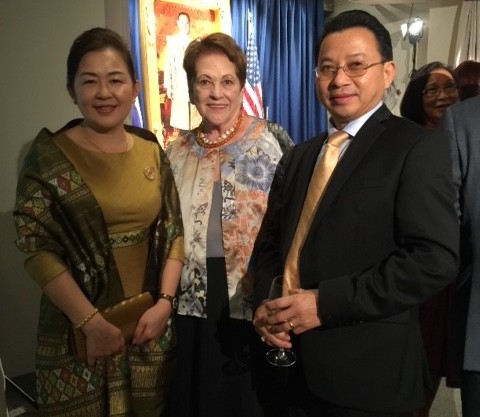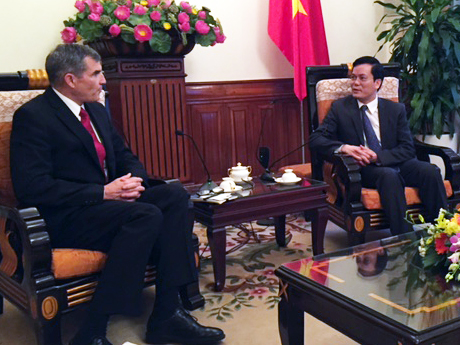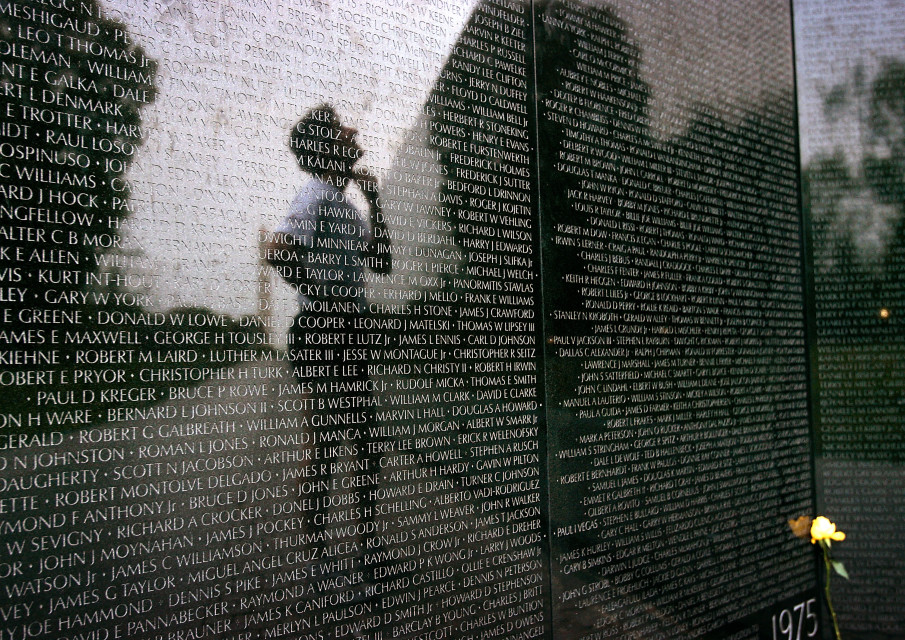There is a positive side to the People’s Republic of China flexing its military muscle and eyeing controversial land and sea lanes in Southeast Asia: It has inspired a thawing and overall improvement of Vietnamese and Laotian government officials’ efforts to work with the U.S. in searching for, identifying, and assisting in the return of the remains of 1,624 Americans who are listed as missing in action. These MIA soldiers are presumed to be dead from the Vietnam War, which ended April 30, 1975, when communist forces overran Saigon.
Of the 1,624 Americans still listed as missing or unaccounted for, most were lost in Vietnam or in areas of Cambodia and Laos under Vietnam’s wartime control. These are the missing and unaccounted missing as of December 13, 2015, according to DoD’s Defense POW/MIA Accounting Agency:
- 799 in South Vietnam
- 467 in North Vietnam
- 302 in Laos
- 49 Cambodia
- Seven in the People’s Republic of China’s territorial waters
Included in those numbers are Green Berets and airmen who fought in an eight-year secret war during the Vietnam War behind enemy lines in North Vietnam, Laos, and Cambodia. In Laos alone, there are approximately 51 Green Berets who remain listed as MIA and presumed to be killed in action, along with about 105 airmen who fought in the deadly secret war under the aegis of the Military Assistance Command Vietnam – Studies and Observations Group, or SOG.
“For those of us who survived the war fought secretly behind enemy lines, there’s no issue that haunts us more than the comrades left behind, still listed as MIA today,” said Rick Estes, president of the 3,000-member Special Operations Association, whose members served in the secret war from 1964 – 1972. “Thus we’re hopeful that this apparent thawing, or improvement in relations between the U.S. and Vietnam, could result in finding and returning more of those missing today. We’re not getting any younger.”
Ann Mills-Griffiths, chairman of the board of directors and CEO for the National League of POW/MIA Families, echoed Estes’s optimism. Involved in the POW/MIA issue for more than 45 years, Mills-Griffiths noted how the strained relationship between the U.S. and Vietnam after the war began to take a positive turn during the Reagan administration, “after President Reagan came into office with a well-known commitment to the POW/MIA” issue. “The ensuing years have built, step-by-step, into the increasingly thriving relationship that has brought expanded and more serious cooperation with answers regarding America’s POW/MIAs.”
Being a pragmatist, Mills-Griffiths added, “Yes, there is much more to be done, and it can be further expanded in keeping with policies and plans being developed by the new Defense POW/MIA Accounting Agency, under the leadership of Michael S. Limington, the retired Army lieutenant general named as the director. He is the right guy, in the right position, at the right time and, with support from the experienced civilian workforce he now leads, and unified support from the families and the U.S. veterans, DPAA can succeed.”

Mills-Griffiths is referring to a new plan triggered by former Secretary of Defense Chuck Hagel, where DPAA consolidated three previous federal operations: the Defense POW/Missing Personnel Office (DPMO) based in the D.C. area; the Joint POW/MIA Accounting Command (JPAC) based in Hawaii where the forensic laboratories are located, and where the search teams are launched for missions to recover unaccounted-for American remains; and the Air Force’s Life Sciences Equipment Laboratory at Wright-Patterson Air Force Base in Ohio.
On January 30, the JPAC colors were cased during a formal ceremony in Hawaii, the DPMO colors were cased, and the DPAA was formally activated. On July 27, the new DPAA building and facility in Hawaii will be dedicated–it’ll be one of three DPAA offices in the country. This will bring staff from 16 separate buildings into one efficient headquarters featuring a state-of-the-art laboratory with a family viewing area for visitations.
Top Vietnamese officials were greeted by President Obama at the White House earlier this year to note the 20th anniversary of the establishment of diplomatic relations between Vietnam and the U.S. since hostilities ended in 1975. In addition, Obama committed to returning to Vietnam in 2016 in an effort to continue to improve those relations.
Additionally, DPAA Director Linnington recently completed his first oversight visit to Southeast Asia to assess the government’s effort to achieve the fullest possible accounting for Americans still missing from the Vietnam War. Linnington, a retired Army lieutenant general, was sworn in as director on June 19.
In Vietnam, he met with Vice Minister of Foreign Affairs Ha Kim Ngoc, as well as with DPAA detachments in Bangkok and Vietiane, and with senior U.S. officials in each country. In Laos and Vietnam he joined DPAA recovery teams excavating sites associated with missing U.S. personnel. “We’ve made great progress in accounting for our missing from the Vietnam War, but there’s more to do and I’m looking at every opportunity to speed up this mission,” Linnington said in a DPAA release. “Those we search for deserve no less, as do their families. As a former soldier myself, I take very seriously the commitment that we leave no one behind.”

In Laos, he met Laotian LTG Chansamon Chanyalath, the deputy defense minister. One month later, DPAA and National League of POW/MIA Families officials were among guests who attended the 60th anniversary of U.S./Laotian diplomatic relations.
Mills-Griffiths said that Cambodian officials have worked well with POW/MIA groups in recent years. And, in a Dec. 3rd update, the league notes that 1,022 Americans have been accounted for from the Vietnam War. Additionally, it noted, “It is the league’s hope that the current trend of moving ahead to increase the pace and scope will be sustained. The Vietnam War POW/MIA accounting mission is running out of time. That is the reality in terms of eyewitness accounts, immediate family member engagement, and preservation of skeletal material under very acidic soil and other environmental conditions.” The league urged people to contact their elected officials to maintain full funding for DPAA and to support any increases needed in 2016.
(Photo courtesy of Win McNamee/Getty Images)










COMMENTS
You must become a subscriber or login to view or post comments on this article.